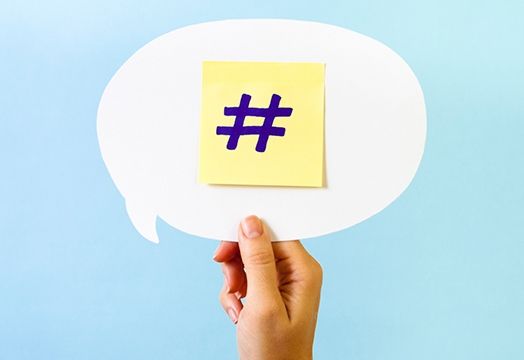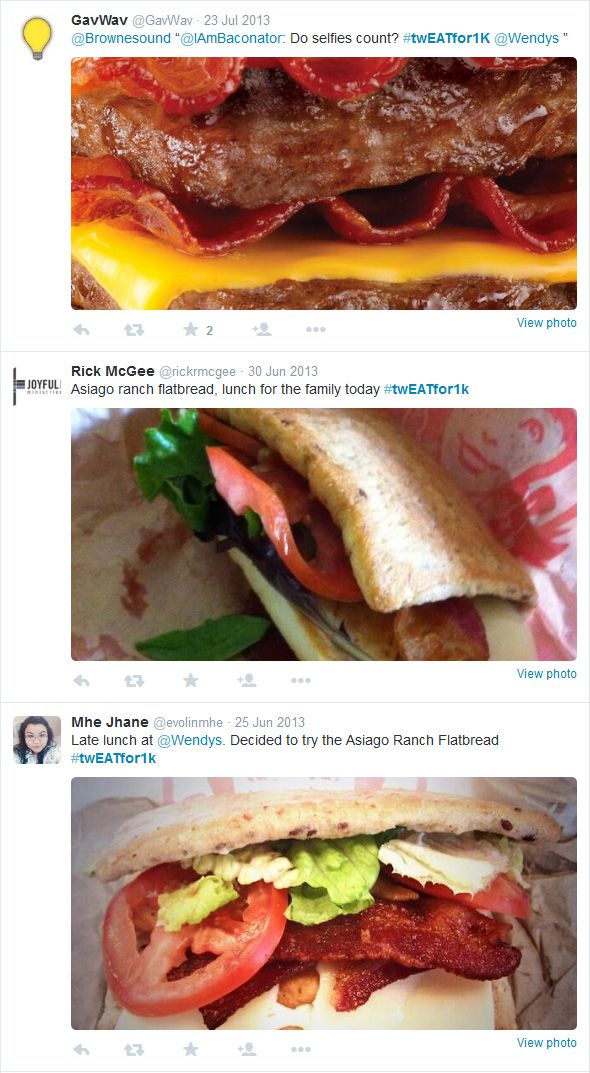#Hashtags 101
By Tomahawk on
What is a hashtag?
Hashtags are now an integral part of how we communicate and market online. Originating with Twitter, they are now included in most social networks. They can be used ironically (#sorrynotsorry) to punctuate a message, but the true purpose of the hashtag is much more important!

Hashtags are, quite simply, a search tool. It’s a tag, similar to organising a product on a shelf, with the hash symbol in front of it. (Tagged with a hash symbol = hash-tag.) Adding this to a post makes it searchable for anyone with an interest in your business or topic. When a user clicks on a hashtag or enters it in the search field, they find all content that includes the term. Hashtags can be used within Twitter, Instagram and Facebook to help target your audience and collect data.
Anatomy of a Hashtag
They can be made up of several words, but must not include spaces or punctuation marks. It is not case sensitive but capitalisation can be included to separate multi-word hashtags. Example: #nzmustdo vs #NZMustDo will have the same category but different visual impact in your marketing.

Multiple hashtags can be used on the same post. It’s good practice to always use your established business hashtag, and then add categories from there. Try searching for relevant concepts to your business, and see if other users are including these terms.

If you’re a vineyard called John Smith Winery, you could tag your posts with #JohnSmithWinery, #winelover and #wineoclock. The first is unique to your business, but the second two are popular with wine enthusiasts and will include your posts in their searches. The wine tags help new customers and fans discover you, while allowing you to track and collect all of your posts uniquely with the business name tag.
Hashtag Photo Campaigns - #Winning
Chasing User Generated Content (UGC) can be tricky, but one of the best ways to kick-start this is with a hashtag photo contest. You will need a prize incentive, but it can be a valuable social media marketing tool.
A unique hashtag-inclusive post can be collected digitally to track and understand your online reach and engagement for the campaign. If you try to use a non-unique tag like #travel as your campaign hashtag, you will find every post tagged with #travel (millions around the world) when you collect the data. Try typing your hashtag concept into the twitter search bar to see if the hashtag is already being used, or if it is unique.
Top tip: Incorporate your business name (or an abbreviation of it) into the hashtag term
Once you have your unique campaign hashtag, make sure it is included in all communications about your campaign, use it in every post and require people to tag their photos with it for a chance to win.
Beyond the Screen
To ensure the success of your business hashtag in your community, make sure to include it on all print marketing as well. Add it to business cards, brochures, stickers, print ads and any places you touch base with your customers. It is as important to your online identity as a logo.


Read more articles
New Ways Travellers Plan & Book: From AI to Social Search
By Tomahawk |
Definition of a Search Engine
As AI and social media has evolved, “search engine” no longer just means Google. The definition of a search engine is now about how travellers find trust, inspiration, and the confidence to...
TikTok Video Post Sizes
By Tomahawk |
Tourism businesses should be on TikTok! The video footage and stories you can share are perfect for this platform with highly visual content that will inspire travellers! Gone are the days of needing to produce and direct professional...

